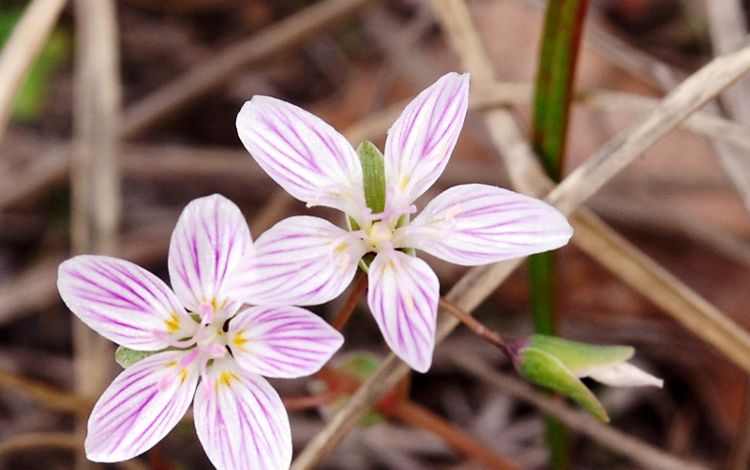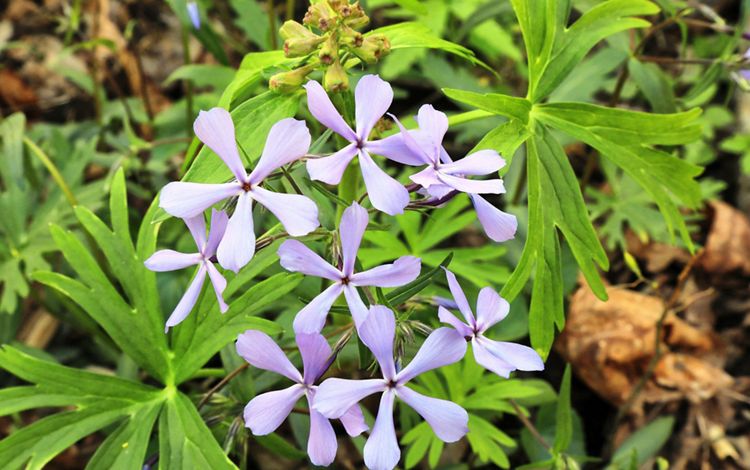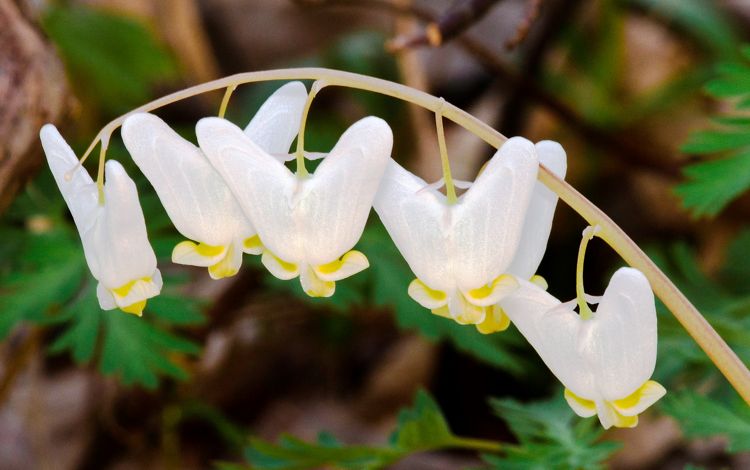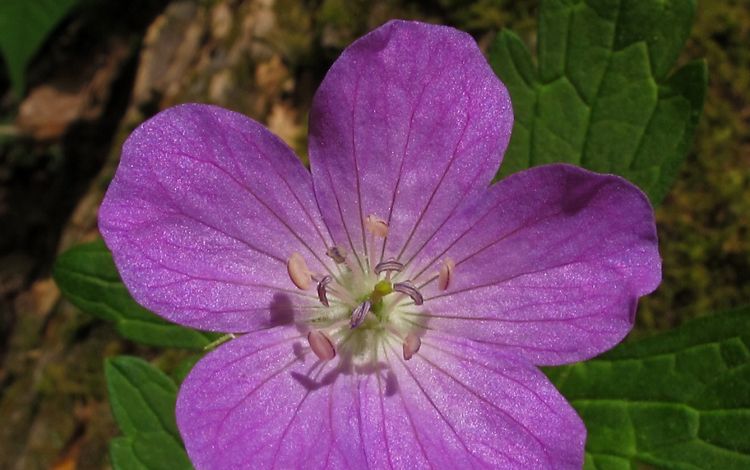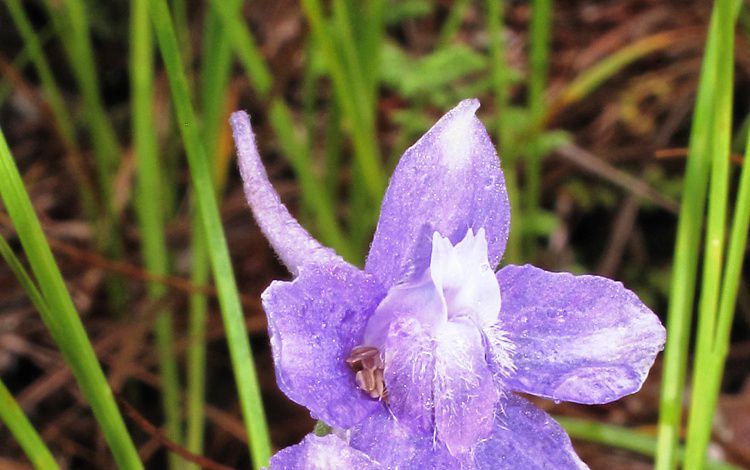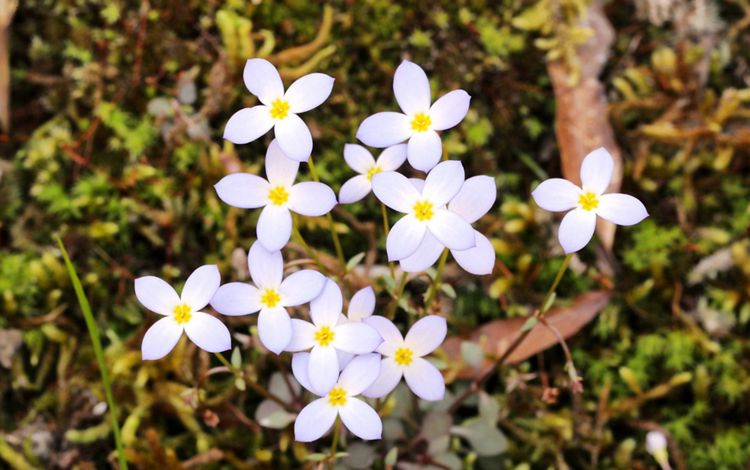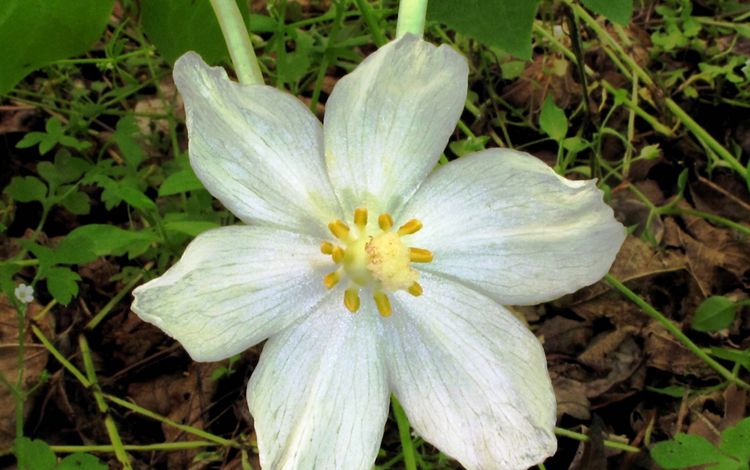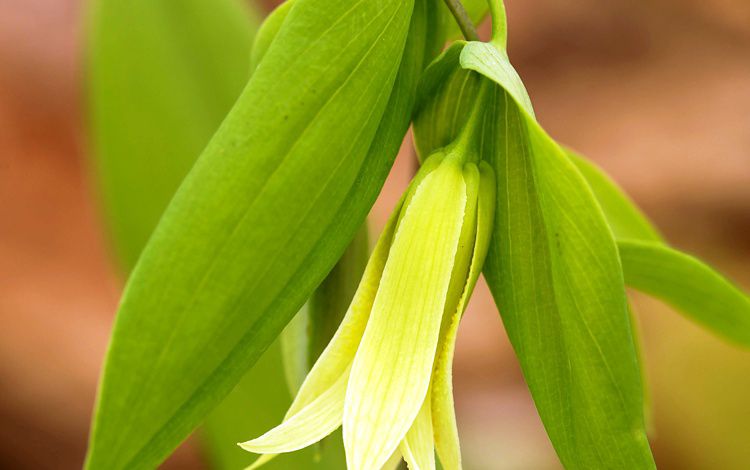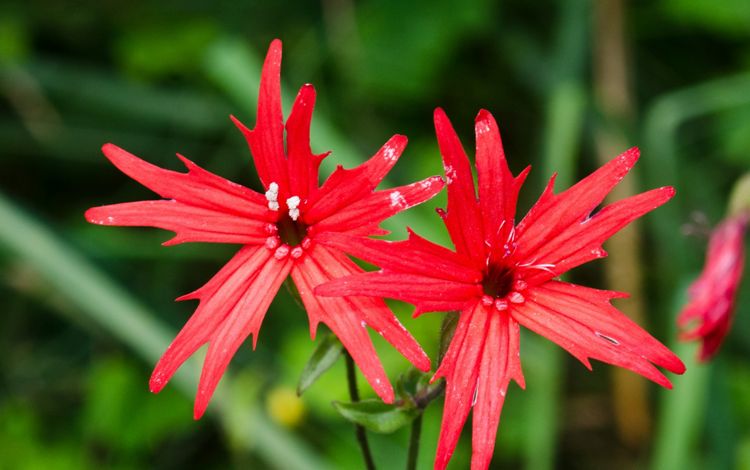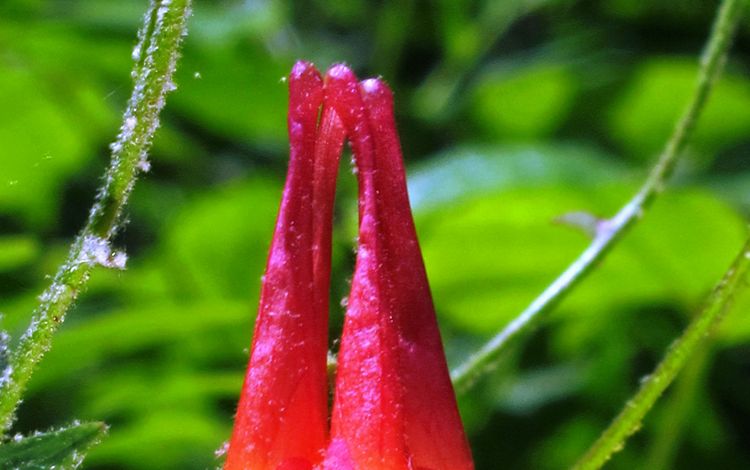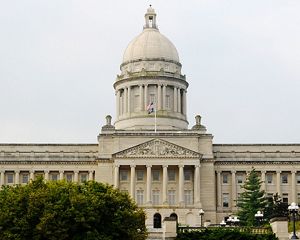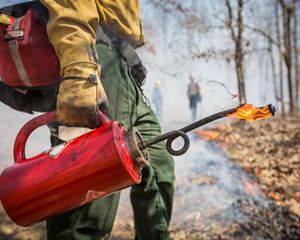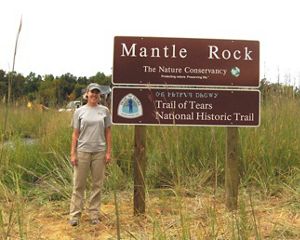Description
In a world where dividing and conquering has become the norm, we are putting things back together at the Brown-Crutcher Nature Preserve, located within the Kentucky River Palisades, a special area where steep, 450-million year-old limestone cliffs capture the hearts of visitors.
This is what happened to Sally Brown, who upon visiting this unique landscape doggedly raised money to help TNC secure a narrow stretch of habitat winding along the banks of Bowmans Bend on the Kentucky River. Her efforts led to the establishment of the 632-acre Sally Brown Nature Preserve in 1997, the first of this collection of natural areas.
Sally Brown’s actions inspired Dr. and Mrs. Richard Crutcher to do the same. In honor of their 50th wedding anniversary in 1999, these long-time members worked with TNC to purchase additional land adjacent to the Sally Brown Nature Preserve to establish the 127-acre Crutcher Preserve.
In addition to the 759 acres comprising these nature preserves, TNC has also secured hundreds of additional acres through conservation easements and partnerships with conservation buyers to buffer these pockets of nature. Thanks to the creative vision and generous contributions of these Kentuckians, TNC safeguards a natural corridor that includes more than six miles of river frontage stretching up the Kentucky River from its confluence with the Dix River.
What’s At Stake
The Brown-Crutcher Nature Preserve boasts some of the Bluegrass region’s most unusual habitats. Steep limestone cliffs, rocky river banks and bottomlands create a unique biological and geological environment which attracts many rare and endangered plants and animals, including large concentrations of Kentucky viburnum, purple melic grass. The nature preserve, and broader Palisades area, also harbors at least 25 mammal species and 35 reptile species. Two endangered bats—the gray bat and Indiana bat utilize large, unfragmented forested corridors as a source of insects.
Blue ash, chinquapin oak and sugar maple can be found on the steep limestone slopes, along with less common trees like rock elm, yellow-wood and yellow buckeye. More acidic soils on old sandy river terraces and bluff-top ridges harbor beech, tulip poplar and oak/hickory forest types more common in Appalachian Kentucky.
Wildflowers are also abundant in the Palisades region, including Virginia bluebells, blue-eyed Marys, fringed phacelia and trilliums.
Threats
Incompatible residential development and agriculture practices, which affects water quality of the Kentucky River, creeks and wet weather streams, and fragments forest habitat within the Palisades area. Aggressive non-native invasive plants such as bush honeysuckles and garlic mustard.
Milestones
TNC acquired the land comprising the Sally Brown Preserve in 1997 thanks to a 2:1 challenge grant provided by the National Fish & Wildlife Foundation and met by donations from Mrs. W.L. Lyons (Sally) Brown, Mr. and Mrs. Alan M. Bond and the W.L. Lyons Brown Foundation. In 1999, Dr. and Mrs. Richard Crutcher donated an adjacent property to create the Crutcher Preserve. In 2000, TNC bought and resold, with conservation easements in place, hundreds of acres of agricultural land as a buffer to the preserves.
Action
In 2012, TNC used a specially-designed bush hog to chop down several acres of invasive honeysuckle, an aggressive shrub which can repress native species and limit the diversity of wildlife habitat. The site was seeded with annual rye and planted with rough-leafed dogwoods. TNC also maintains trails and provides educational outreach for the public while aggressively managing more fragile areas of the nature preserve.
Partners
U.S. Fish & Wildlife Service, Kentucky State Nature Preserves Commission, Bluegrass Sportsman’s League, Shaker Village at Pleasant Hill, Kentucky River Authority, Kentucky Department of Fish and Wildlife Resources, Kentucky Division of Forestry, Kentucky Division of Conservation – Purchase of Agricultural Conservation Easements (PACE) Program, Jessamine County Government
.jpg?crop=0%2C0%2C3888%2C2138&wid=1300&hei=715&scl=2.9907692307692306)
